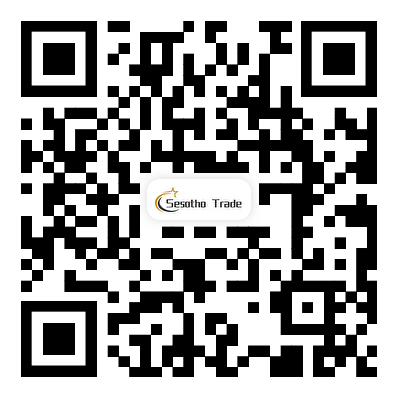The Functions of Outdoors First Aid Kit
2024-06-05
An outdoor first aid kit is an essential item for anyone engaging in outdoor activities such as hiking, camping, trekking, or other adventures. It is designed to handle a wide range of potential injuries and medical emergencies that might occur in the wilderness. Here are the main functions and components of an outdoor first aid kit:
### Functions
1. **Immediate Medical Care**:
- **First Response**: Provides essential supplies for immediate treatment of injuries, helping to stabilize the patient until professional medical help can be reached.
- **Pain Management**: Contains items to relieve pain and discomfort from minor injuries or conditions.
2. **Wound Care and Management**:
- **Cleaning and Disinfection**: Supplies such as antiseptic wipes and solutions to clean and disinfect wounds, reducing the risk of infection.
- **Bandaging**: Bandages, gauze pads, and adhesive tapes to cover wounds and control bleeding.
3. **Treatment of Minor Injuries**:
- **Cuts and Scrapes**: Includes items like band-aids, antiseptic ointments, and sterile pads for treating cuts and scrapes.
- **Burns**: Burn ointments and dressings to treat minor burns and scalds.
4. **Managing Sprains and Strains**:
- **Support and Immobilization**: Elastic bandages, splints, and tape to provide support and immobilize sprained or strained limbs.
- **Cold Packs**: Instant cold packs to reduce swelling and pain from sprains and strains.
5. **Emergency Preparedness**:
- **Survival Tools**: Basic survival tools such as a whistle, flashlight, and emergency blanket to aid in survival situations.
- **CPR and Resuscitation**: CPR face shield or mask for performing safe resuscitation.
6. **Dealing with Allergies and Bites**:
- **Insect Bites and Stings**: Anti-itch creams, antihistamines, and tweezers to remove stingers or ticks.
- **Allergic Reactions**: Medications to manage mild allergic reactions, such as oral antihistamines.
7. **Personal Medications**:
- **Prescription Medications**: A section to store personal prescription medications, ensuring they are accessible in case of emergency.
### Key Components
1. **Wound Care**:
- Adhesive bandages (various sizes)
- Sterile gauze pads and rolls
- Adhesive tape
- Antiseptic wipes and solutions
- Antibiotic ointment
- Sterile gloves
2. **Burn Treatment**:
- Burn ointment or gel
- Burn dressings
3. **Sprains and Fractures**:
- Elastic bandages
- Finger splints
- Instant cold packs
4. **Pain and Fever Relief**:
- Pain relievers (e.g., ibuprofen, acetaminophen)
- Anti-inflammatory medication
5. **Allergy and Bites**:
- Antihistamines
- Anti-itch cream
- Insect sting relief pads
- Tweezers for tick removal
6. **Basic Tools**:
- Scissors
- Tweezers
- Safety pins
- Thermometer
- First aid manual or guide
7. **Emergency Items**:
- CPR face shield or mask
- Emergency blanket
- Whistle
- Flashlight with extra batteries
8. **Personal Items**:
- Personal prescription medications
- Medical information card (allergies, chronic conditions, emergency contacts)
### Advantages of Having an Outdoor First Aid Kit
- **Preparedness**: Being prepared for injuries and medical emergencies can significantly improve outcomes in remote locations.
- **Self-Sufficiency**: Allows individuals to handle minor injuries and stabilize more serious injuries until help arrives.
- **Safety and Peace of Mind**: Provides peace of mind knowing that you have the necessary supplies to handle medical emergencies.
### Summary
An outdoor first aid kit is a vital resource for anyone venturing into nature, equipped to handle a variety of medical situations from minor cuts and bruises to more serious injuries and emergencies. Its primary functions include providing immediate medical care, managing wounds, treating sprains and strains, handling allergic reactions and bites, and offering tools for survival and emergency situations. Having a well-stocked and organized first aid kit enhances safety and preparedness during outdoor adventures.


